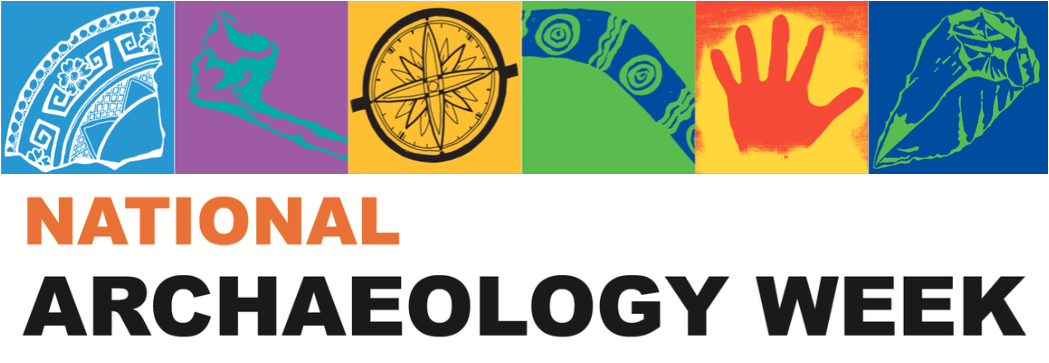Marc Young
Name
Marc Young
Current position
Graduate Student (Bachelor of Archaeology) & Casual Research Assistant at Flinders University | Bachelor of Science (Honours) student - Geocosmic Archaeology | Independent Science Communicator | Member & Researcher at the Comet Research Group
Where did you study?
Flinders University
How did you become interested in archaeology?
After becoming obsessed with ancient Egypt in my first few years of primary school, my dream was to be the next Howard Carter. Of course, the job outcomes in archaeology aren't the best, and my parents dissuaded me from pursuing archaeology as a career.
Then, in 2017, after several years of unemployment following a workplace injury, I was inspired to enrol in a Bachelor of Archaeology at Flinders by a podcast discussing the emerging discipline of geocosmic archaeology, particularly as it relates to the Younger Dryas impact hypothesis (YDIH).
What archaeological projects are you working on at the moment?
I am working on reconstructing the depositional history of the Liang Bulu Bettue site in Indonesia for my supervisor Dr. Ian Moffat using grain-size, magnetic susceptibility, and loss on ignition.
My BSc (Hons) project involves the direct comparison of laboratory protocols for extracting impact-generated magnetic microspherules from Younger Dryas boundary sediments. I will be performing different sets of protocols used by prior studies examining magnetic microspherules in sediments spanning the Younger Dryas onset. The reason for this, is because an early study attempting to replicate microspherule results were unable to, which led to widespread premature rejection of the impact hypothesis.
I am also working with the Comet Research Group to examine thin sections of YD-age sediments for potential shocked quartz. If any candidates for shocked quartz are identified, further analyses will be performed to confirm it.
Tell us about one of your most interesting archaeological discoveries.
While I didn't personally discover it, while salvaging burials in Mongolia, our team discovered a large pot filled with dairy fats in a hidden compartment next to the person's head. Further analyses revealed a Mongolian first: The pot contained a large wick in the centre, as if intended to be lit like a lantern, perhaps to guide or protect the deceased on their journey through the afterlife.
Tell us about a funny / disastrous / amazing experience that you have had while doing archaeology.
The most amazing experience was definitely the Nomad Science field school in Northern Mongolia in 2019. It was a life-changing experience: I had never left the country before, had never been immersed in a culture so different to my own, had never had any field or excavation experience, and had never seen human remains before. It made me certain I had found my calling.
I am lucky to have not had any disastrous experiences.
What’s your favourite part of being an archaeologist?
My favourite parts of being an archaeologist are excavating, labwork, researching, networking, collaboration, and volunteering! In other words, mainly the practical side, but when research uncovers something fascinating it comes pretty close!
Follow up reading.
Twitter: https://twitter.com/Marc_Young_90
LinkedIn: https://www.linkedin.com/in/marc-young-768b72116/
ResearchGate: https://www.researchgate.net/profile/Marc-Young
Comet Research Group: www.cometresearchgroup.org
Comprehensive Bibliography of the YDIH: www.tinyurl.com/YDIHBibliography

